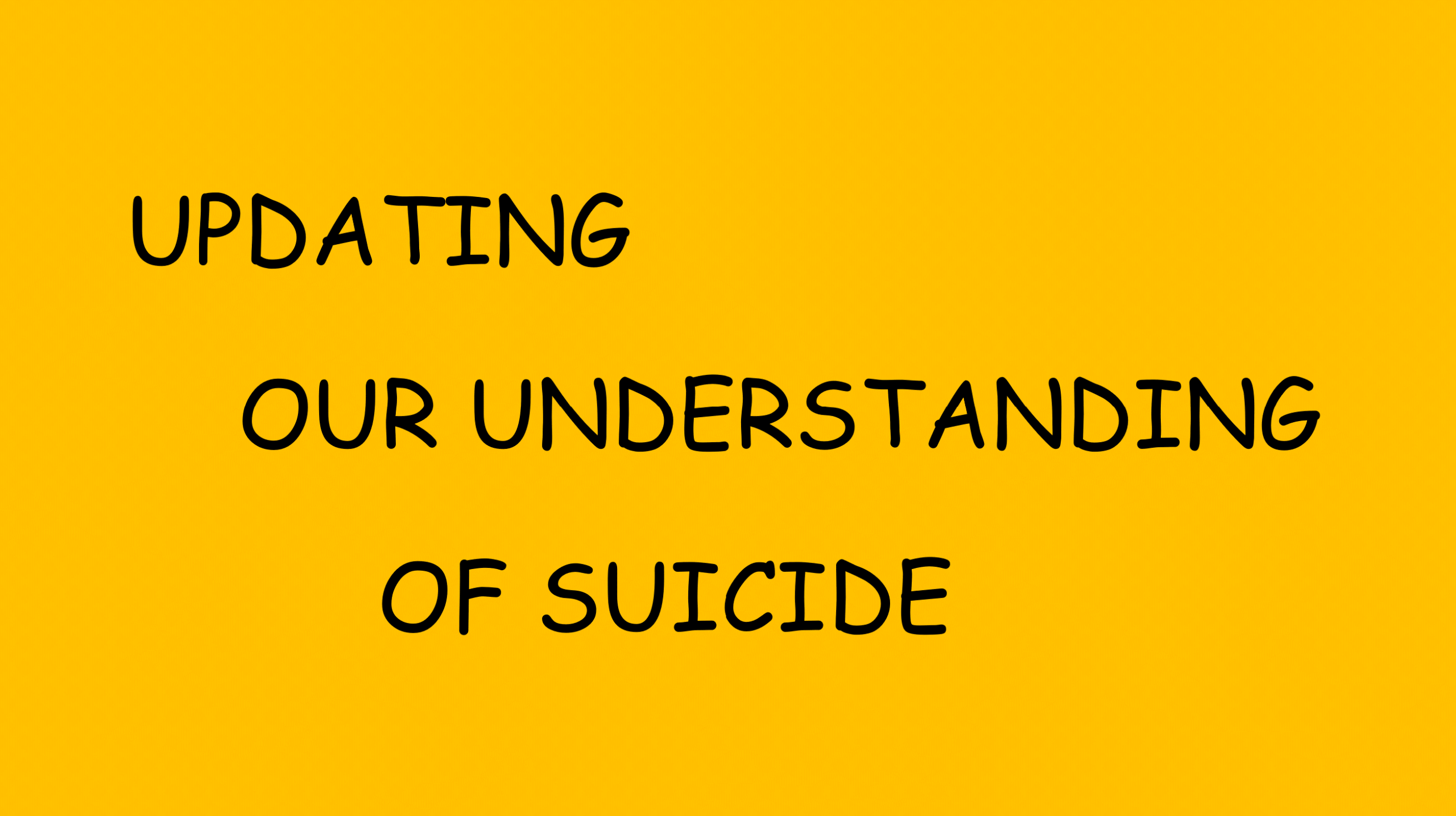Given other reports on our current mental health crisis, it’s probably a good time to update what we know about suicide.
HOW TO TALK ABOUT SUICIDE
To begin, an important change which has taken place in suicide discussions is the words that we use to talk about it. Instead of saying that someone committed suicide, a better way to express it is to say that the person died by suicide .
While this might seem like a trivial distinction, the change emphasizes the fact that, in most cases, suicide is not a free choice or conscious act. In addition, the traditional expression of committing suicide denotes needless stigma and shame.
SIX REASONS PEOPLE DIE BY SUICIDE
To begin, there is no one reason why people die by suicide. The factors which lead to it are complex. In reviewing the data, there are six major reasons which stand out . https://www.psychologytoday.com/…/the-six-reasons…
1) Depression (e.g. Utter hopelessness)
2) Psychosis (e.g. Tormented and driven by voices/orders)
3) Impulsivity (Loss of reasoned control, e.g. from drugs, alcohol, or mania)
4) Unintentional (e.g. Cries for attention/help which are uninformed about the lethality of their method)
5) Accidental ( e.g. drug overdose or auto erotic asphyxiation)
6) Philosophical (e.g. a reasoned decision based on a terminal illness)
COMMON MYTHS ABOUT SUICIDE
2) Teens are the most vulnerable population for suIcide
Although the suicide rate among trans and gay teens is rising, the most vulnerable groups are adults over the age of 85 and white men age 45-64.
Suicide statistics | AFSP,
4) Nothing can be done to prevent suicide. Again, this belief is out of touch with the successes of modern psychiatry and psychotherapy. Medication and counseling are quite effective, although not perfect, in preventing most suicides for those who are in treatment.
5) Suicide happens without warning. While many belief that suicides just happen, in fact, when each case is closely examined , warning signs are usually found. To that end, here are some things to be aware of with anyone who may struggle with depression or other emotional concerns:
HOW TO TELL IF SUICIDAL THOUGHTS ARE HIGH-RISK
Going forward, it is important to understand some common red flags about persons who contemplate suicide. When trying to assess whether disturbing thoughts or behaviors represent a real problem ( for yourself or a loved one) here are some simple questions to ask.
— How often do suicidal thoughts or impulses occur, occasionally or persistently ?
— Has a specific plan which includes method , place date and time been discussed ?
— Has a person’s distressed mood been suddenly become calm or serene ?
— Have personal items been given away to friends?
— Is the emotionally struggling person under medical care for his/her problem ?
(Note Bene: These questions are general in nature . When in doubt about a specific situation, always discuss your concerns with a mental health professional.)
—————————————
Unfortunately, while increasing public understanding is important ,that alone, is not enough. As more people have sought out mental health treatment, the inadequacy of our health care system to handle the need has been exposed. Broader insurtance coverage and greater mental health resources are needed, especially for low-income populations. https://slate.com/…/after-kate-spades-suicide-people…
With more understanding and accepting attitudes regarding of mental health problems, as well as increased mental health resources, tragedies like suicide can be greatly reduced.
Rev. Michael Heath LMHC, Fellow AAPC Fayetteville NY 6 18 2023



